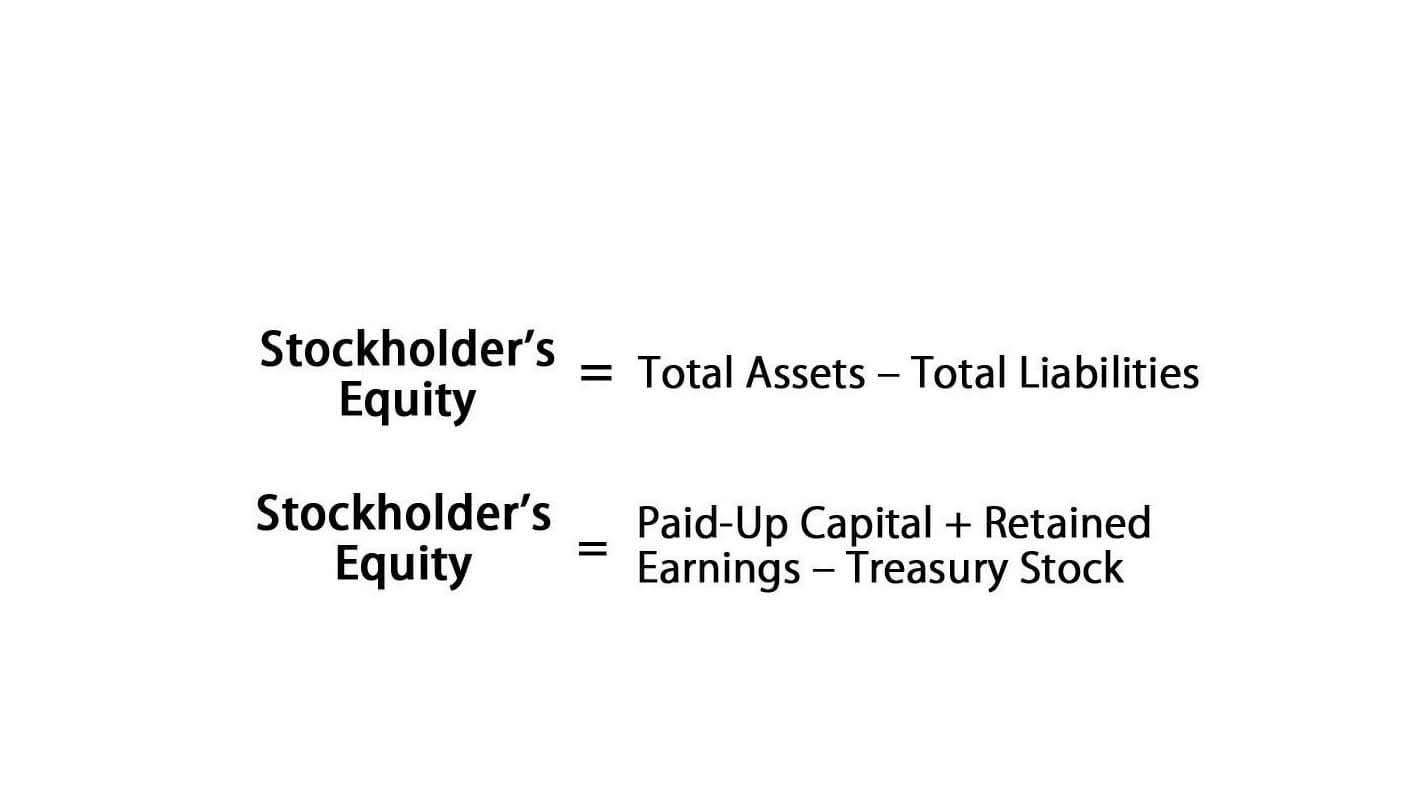The purpose of these accounts is to ensure that the financial statements accurately reflect the assets’ net value. For instance, when an asset account like equipment decreases in value due to depreciation, a contra asset account called “accumulated depreciation” is increased. When both accounts are offset against each other, the net effect shows the equipment’s reduced value.
How Contra Accounts Work in Practice: Examples
- He has been the CFO or controller of both small and medium sized companies and has run small businesses of his own.
- In accounting, a contra account is a general ledger account that offsets the balance of another general ledger account.
- Assets typically have a debit balance, so contra asset accounts carry a credit balance.
- Second, it creates a contra asset account called “allowance for doubtful accounts” that reduces the reported value of AR without changing the underlying customer balances.
For example, if a company reports $500,000 in gross sales but has $50,000 in returns and allowances, the net sales amount to $450,000. Accurate revenue reporting ensures compliance with accounting standards like GAAP and IFRS, offering a realistic view of the company’s revenue-generating capabilities. This level of precision is vital for investors and analysts assessing market performance and customer satisfaction. Accumulated Depreciation is a contra asset account utilized what is a contra asset to record the total depreciation of a fixed asset over time. It appears on the balance sheet and negates the gross amount of fixed assets such as buildings, machinery, office equipment, furniture, and vehicles.
How to Calculate Straight Line Depreciation
To offset this, the allowance for doubtful accounts balance is adjusted via a credit, while the bad debt account is debited to balance out the AR account. When combined, the AR account and the allowance for doubtful accounts contra assets offer a projection of how much net cash is expected to be received from outstanding accounts. Using contra accounts in financial analysis can provide valuable insights into a company’s management and transparency.
How are contra assets accounts presented?
- In other words, contra revenue is a deduction from gross revenue, which results in net revenue.
- A contra account is subtracted from its related account on the financial statements, resulting in a net balance.
- When the account receivable is written off, it is added to bad debt expense on the income statement and placed in the contra account.
- This type of reporting allows anyone analyzing the balance sheet to understand much more about the company and its assets than if they were to simply look at the net value of the depreciated asset.
Contra accounts are used to record adjustments, reversals, or reductions in the value of assets or liabilities. With increasing globalization and companies operating in many countries, the books of accounts must be compatible with a global platform. They are also the result of globally accepted accounting principles for accurately reporting financial numbers. As we have seen in the above discussion, how reporting contra assets accounts helps in a better understanding of the financial statements of any organization. So, an organization looking for a robust accounting process must move to this reporting for better understanding.
This adjustment impacts interest expense calculations and the effective interest rate, helping stakeholders evaluate debt management and cost of capital strategies. A contra asset is paired with an asset account to reduce the value of the account without changing the historical value of the asset. Examples of contra assets include Accumulated Depreciation and Allowance for Doubtful Accounts. Unlike an asset which has a normal debit balance, a contra asset has a normal credit balance because it works opposite of the main account. This means that entries recorded on the left side of the T-account will increase the asset balance and entries recorded on the right side will decrease it. Contra asset accounts have a balance that is opposite from the regular asset accounts.
By using contra accounts, companies can provide a more accurate representation of their financial position in their financial statements. Instead of directly reducing the balance of the main account, a contra account allows businesses to show both the original value and the adjustment separately. This ensures that financial statements remain detailed and compliant with accounting principles, such as the Generally Accepted Accounting Principles (GAAP) or International Financial Reporting Standards (IFRS). Explore the purpose and types of contra accounts in financial statements, enhancing clarity and accuracy in financial reporting. The contra equity account treasury stock is reported right on the balance sheet. Home Depot has repurchased more than $72 billion of stock to date, with around $7 billion coming during this accounting period.
What is a Contra Account?
From studying the basics of debit and credit, balance sheet accounts have a healthy balance. We can see how the $10,000 allowance for doubtful accounts offsets the $100,000 A/R account from our illustrative example above (i.e. the account decreases the carrying value of A/R). A contra account enables a company to report the original amount while also reporting the appropriate downward adjustment. In other words, contra revenue is a deduction from gross revenue, which results in net revenue. Double Entry Bookkeeping is here to provide you with free online information to help you learn and understand bookkeeping and introductory accounting. Chartered accountant Michael Brown is the founder and CEO of Double Entry Bookkeeping.
We get the remaining value of assets by deducting the accumulated depreciation balances from the book value of the asset. This transaction doesn’t affect individual customer accounts—every customer still officially owes its full balance. Instead, it creates a pool of expected losses that sits on the balance sheet, reducing the overall reported value of AR from $1.5 million to $1.425 million.
By showing adjustments and reductions made to certain accounts, investors and analysts can better understand a company’s financial health and potential risks. Discount on notes payable is a contra liability account that is used to offset the balance of the notes payable account. The purpose of this account is to increase the effective interest rate of the notes. For example, if a company has an equity account for treasury stock, they would also have a contra equity account to offset the balance in the treasury stock account.
Quick Guide to Master Contra Accounts: Definition, Types & Examples Simplified
By stating this information separately in a contra asset account, a user of financial information can see the extent to which a paired asset should be reduced. Accumulated depreciation is a contra asset account used to record the amount of depreciation to date on a fixed asset. Examples of fixed assets include buildings, machinery, office equipment, furniture, vehicles, etc. The accumulated depreciation account appears on the balance sheet and reduces the gross amount of fixed assets. It carries a credit balance and is linked to the fixed asset account, which carries a debit balance.
The amount is not reported, and the net sales amount is reported on the income statement. And let’s not forget the all-important Allowance for Doubtful Accounts, acting as a financial crystal ball that estimates the portion of accounts receivable that might just turn into fairy dust. Businesses benefit by forecasting more realistic revenue figures, which helps in strategic planning and maintaining investor confidence. A contra account is an account listed within a general ledger with the purpose of capturing the reduced value of a paired or related account when the two are added together.
The contra revenue account is a reduction from gross revenue, which results in net revenue. These transactions are reported in one or more contra revenue accounts, which usually have a debit balance and reduce the total amount of the company’s net revenue. Contra account accounting plays a crucial role in financial accounting by offsetting the balance of another account. It is used to track and report adjustments, reversals, or reductions in the value of assets or liabilities. Contra accounts provide a transparent and accurate representation of a company’s financial position, ensuring that financial statements reflect the true financial health of the business.
The allowance for doubtful accounts is not specifically reported, but the 10(K) reported that the allowance is immaterial to the amount. This make sense because Home Depot wouldn’t be carrying accounts receivable with long payment terms. Most accounts receivable would just be the time between purchase and credit card settlement.







